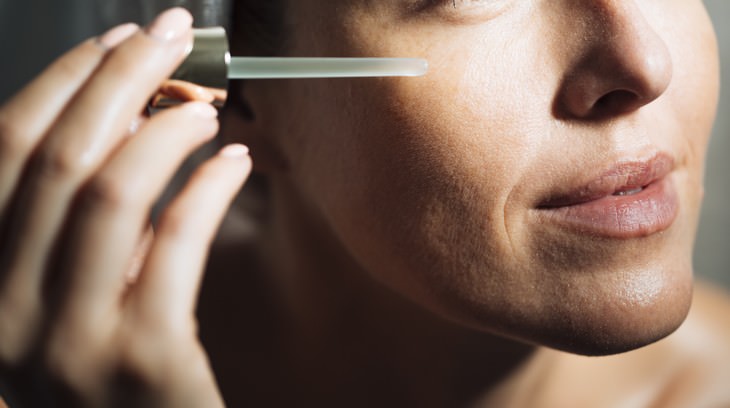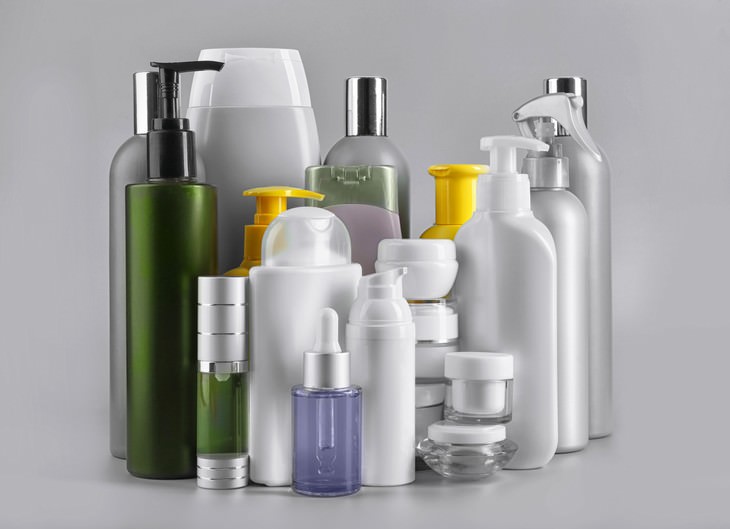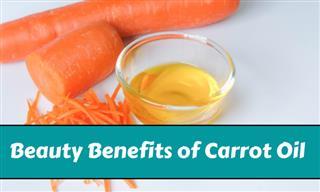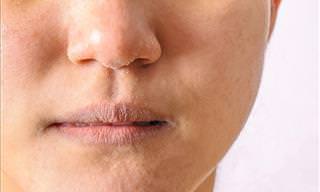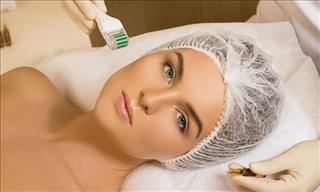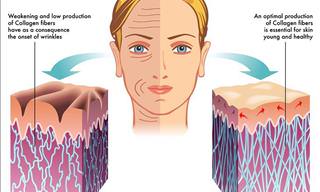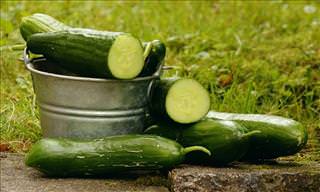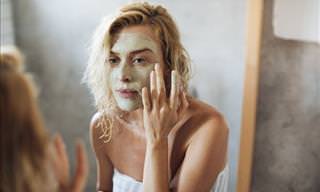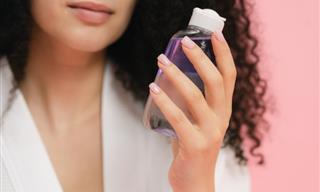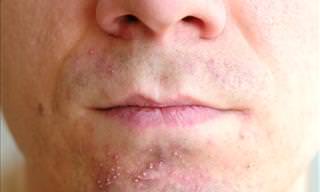A Little Bit of Context: Why Would the Beauty Industry Use Such Confusing Terms?
The beauty industry may be one of the fastest-growing industries worldwide. As reported by Reuters, it was valued at USD 532.43 billion in 2017, and by 2023, it is expected to expand to USD 805.61 billion. Simultaneously, the cosmetics industry remains grossly under-regulated worldwide, and especially in the United States.
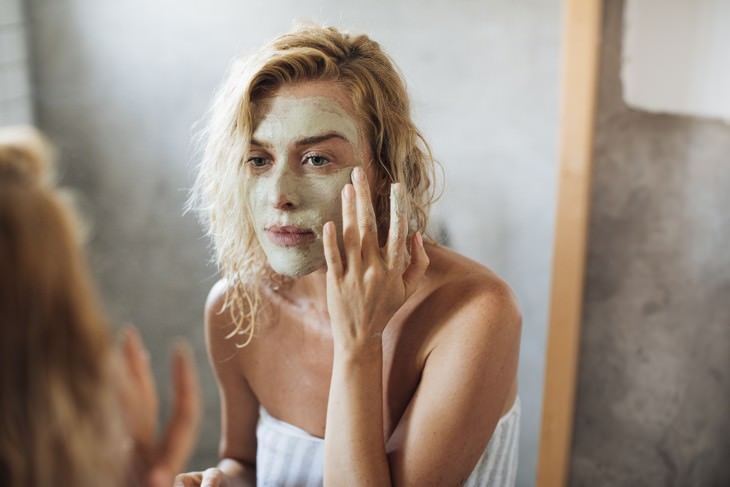 To understand why this happens, it is helpful to distinguish between a cosmetics product and a drug. Unlike a medication, a skincare product cannot change anything in the functioning or composition of the skin. For example, a drug that claims to be antibacterial, a cream, let’s say, will contain an active ingredient approved and proven to be effective at killing bacteria (such as an antibiotic).
To understand why this happens, it is helpful to distinguish between a cosmetics product and a drug. Unlike a medication, a skincare product cannot change anything in the functioning or composition of the skin. For example, a drug that claims to be antibacterial, a cream, let’s say, will contain an active ingredient approved and proven to be effective at killing bacteria (such as an antibiotic).
A cosmetics-grade blemish cream, however, cannot actively alter the skin surface, so it will most likely contain some over-the-counter ingredient (such as botanical ingredients, low doses of salicylic acid, etc.). Also, the cosmetic cream will most likely claim to reduce redness, or make the blemishes appear less irritated, and not list “treating acne” directly on its packaging.
In a sense, the cosmetics industry is in a place in-between: they market their products to help with the skin problems that concern us while, at the same time, not being able to guarantee any long-term results. This, however, doesn’t mean that there is no place for cosmetics on our bathroom shelves, we just have to understand what we’re buying and have realistic expectations on what a cosmetic product can or cannot do for our skin.
The best way to do that is to learn how to decode the skincare claims we so often see on skincare bottles. Here are 8 misleading markings you will often find:
To claim that a skincare product is botanical, it is enough for one (or more) of the ingredients to be derived from a plant source. It could also mean that one of the synthetic ingredients acts similarly to a plant ingredient. Usually, a product contains several dozens of ingredients, and many of these ingredients are present in the formula in minute amounts.
So, a “botanical” product can be over 99% synthetic. In the end, being “botanical” or “natural” is a feel-good claim that taps into the common misconception that natural ingredients and products are better than those made by humans.
In reality, however, several natural ingredients are known irritants and allergens. Coconut oil, for example, can cause acne for people with sensitive skin, and citrus essential oils are a known trigger for skin allergies.
2. Firming
Though not entirely false, this claim is very subjective. What may firm up my skin might not do the same with yours, and cosmetics companies rarely, if ever, hold clinical trials that would access the firming action of a product in a credible fashion.
In most cases, firming creams and serums are sold to you as such based on the subjective opinion of a select few testers, and not scientific evidence.
3. Patented Technology
Products that were produced using some patented technology are not necessarily any better than any other products available on the market. It only means that the company that produced the product purchased a patent to make sure their product is unique compared to possible competitors.
In fact, not the whole formula of the product has to be unique: a company can have a patent for a specific synthetic ingredient, or a mix of a few of those ingredients, so, once again, it’s there on the package just for you to believe that the product is somehow more credible than the rest.
4. Instant Results
This is a very clever one, as by promising “instant results”, all the skincare brand is communicating to its consumer is that you will see the effect right away, with no promise to have a lasting result.
A great example of the “instant result” are plumping lip glosses, which contain pepper extracts or similar that irritate your lips, making them look a bit swollen right away. After a few minutes, the irritation subsides, and so does the plumping effect. However, most people are looking for a lasting effect, especially from their skincare, so this claim can mislead the consumer.
5. Maximum or Clinical Strength
When a brand sells a product labeled “maximum strength”, it means that the product has a higher concentration relative to their other similar products. It doesn’t mean that it’s the highest concentration of that ingredient on the market, which is what the consumers often assume.
The term “clinical strength” is synonymous to “maximum strength”, but this marketing trick aims to confuse buyers by being very similar to the labeling “prescription strength” that you can often find on medications.
6. Anti-Aging, Age-Defying and Revitalizing
Have you ever noticed either one of these claims on approved medicine?
It is very unlikely, as science unfortunately didn’t discover any ingredient capable of reversing or even slowing down the aging process. What anti-aging skincare actually does is increase hydration in the skin, thereby reducing the appearance of tiny lines, but not wrinkles and skin folds, as only prescription medications are legally-allowed to alter the structure of the skin.
7. FDA Approved
This marketing claim on skincare products doesn’t mean anything, as they don’t require approval by the FDA, only medications do. As the FDA state themselves, “neither the law nor FDA regulations require specific tests to demonstrate the safety of individual products or ingredients”.
The responsibility for the safety of skincare products lies completely on the manufacturer, so cosmetics labeled “FDA approved” are no more effective or better than similar products without such a label.
8. Packaging That Looks Like Medicine
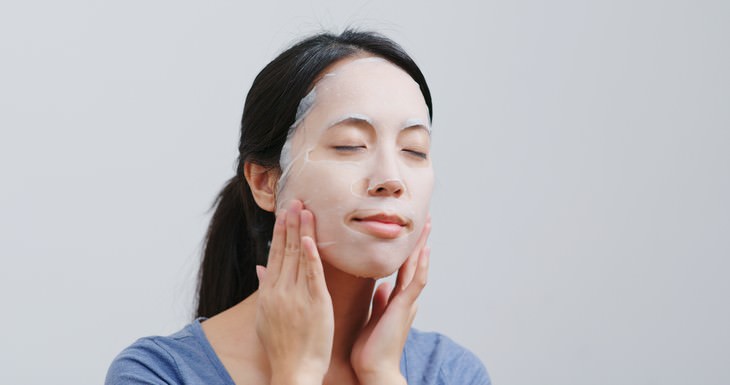
Lately, more and more skincare product packaging looks minimalist and very reminiscent of medication packaging.
Products can be sold in test tubes, droppers, metal tubes and contain very little decorations, or have a first-aid cross on it. To an unknowing eye, these kinds of products may appear as prescription products, but they aren’t, which can be somewhat misleading.
What To Look For On the Packaging of Cosmetics?
Instead of reading the claims on the front of the bottle, flip the bottle and familiarize yourself with the ingredients list. Know the active ingredients that work for your skin and look for those ingredients and their percentage in the list.
If no percentage was listed, look in which order it appears on the list - the higher up it is, the more of it the product contains. If you don’t know what ingredients work for your skin type, you can read about it in this BabaMail article by clicking on the following link: Skin Care Tips for Each Skin Type.
H/T: healthline
 Go to BabaMail
Go to BabaMail



